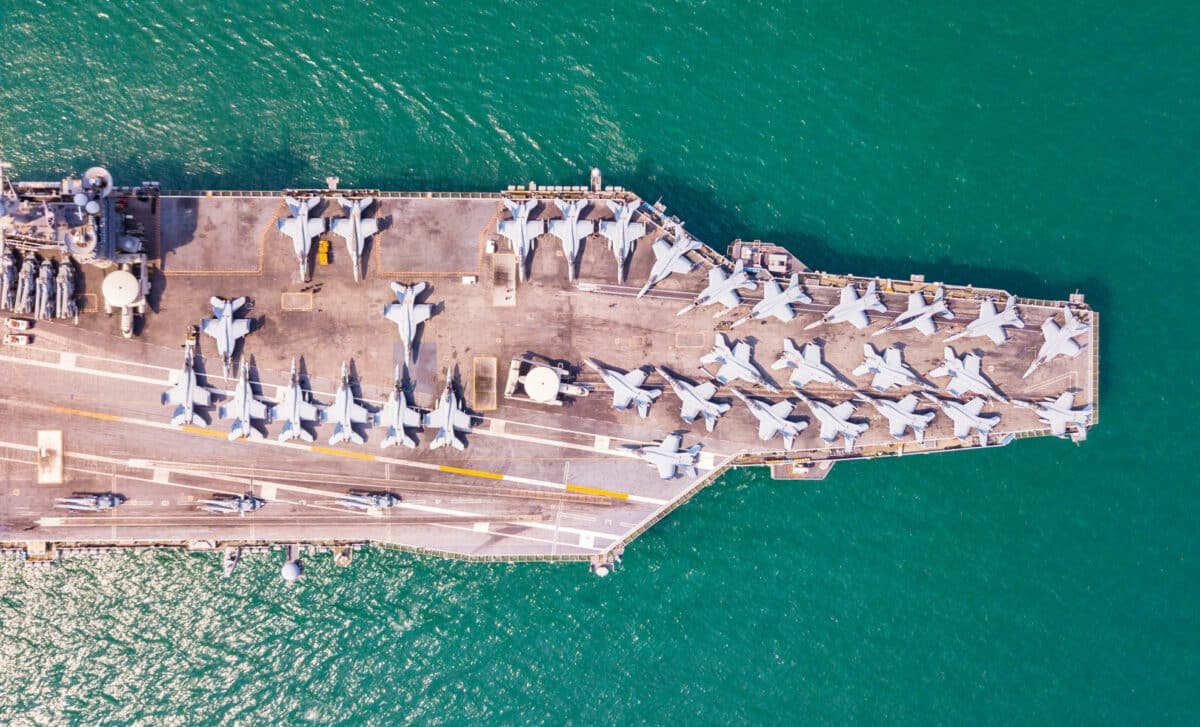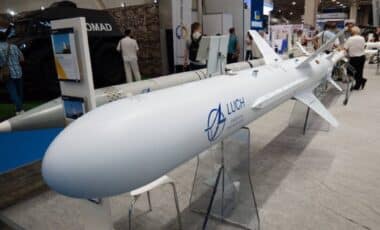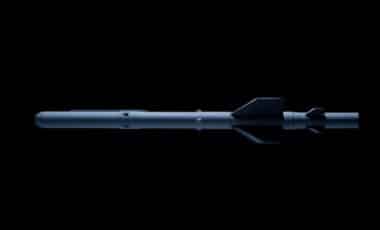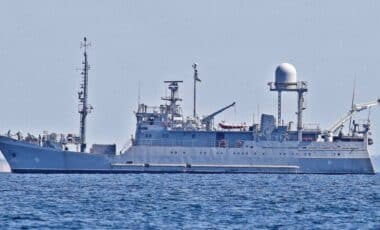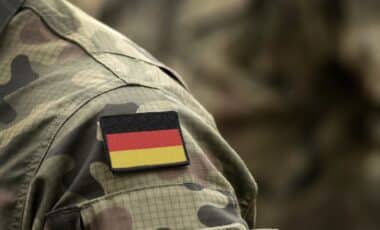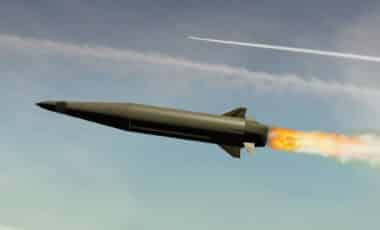The United States remains the global leader in military aviation, operating an astounding 14,486 aircraft across its Air Force, Army, Navy, and Marine Corps. This fleet surpasses the combined total of the next nine nations, including Russia and China, who follow in second and third positions, respectively, with 4,211 and 3,304 aircraft. These figures, compiled by World Population Review, highlight the massive scale and unparalleled capabilities of the U.S. military’s air forces.
As of 2025, air forces are a crucial element in national defense strategies, serving as key indicators of military strength. With the rise of modernized technologies and the need for superior airpower, countries are increasingly investing in expanding and upgrading their fleets. The size and technological advancements of these air forces play an important role in global power dynamics, and the rankings offer valuable insights into the current landscape of military aviation.
Roadster or Smokescreen? Elon Musk’s Grand Demo Could Be Tesla’s Biggest Distraction Yet
The United States: Dominating the Skies
According to World Population Review, the U.S. remains unchallenged in terms of the sheer size of its air fleet. The U.S. Armed Forces, including the Air Force, Army, Navy, and Marine Corps, operate a combined total of 14,486 aircraft. This includes a wide array of aircraft types, from fighter jets to transport planes and helicopters, reports Aviation A2Z.
The U.S. Air Force alone fields 5,004 aircraft, while the Army Aviation, Navy, and Marine Corps contribute 4,333, 2,504, and 1,211 aircraft respectively. This broad composition allows the U.S. military to maintain technological superiority across a wide range of combat, transport, and logistical functions.
The U.S. military’s fighter fleet is also the largest and most advanced globally, featuring more than 2,600 frontline fighters. These include fifth-generation jets such as the F-22 Raptor and F-35 Lightning II, marking a significant technological edge over other nations. The U.S. also leads in other categories, including strategic bombers, with 140 aircraft, and helicopters, boasting 5,509 in total.
Competitors: Russia and China
Following the U.S., Russia and China hold the second and third spots with significantly smaller air fleets. Russia’s aerospace forces operate 4,211 aircraft, including about 1,200 fighters, and its fleet of strategic bombers totals 120. The Russian air fleet includes a mix of legacy aircraft such as the Su-57 stealth fighter and the Tu-160 Blackjack bomber, but it faces significant challenges in terms of modernization and fleet maintenance.
China, with 3,304 aircraft, has also made substantial advancements, particularly in its fighter fleet. The People’s Liberation Army Air Force (PLAAF) now includes over 1,100 fighters, with cutting-edge fifth-generation jets like the J-20. While China lags behind the U.S. in terms of advanced bombers, it has introduced 209 bombers into its fleet, mainly the Xian H-6. Despite these advancements, both Russia and China face challenges related to fleet modernization, which leaves the U.S. with an unmatched technological and numerical advantage in many key areas.
The Role of Specialized Aircraft: Bombers, Helicopters, and Transport Aircraft
The role of specialized aircraft such as bombers, helicopters, and transport planes further highlights the dominance of the U.S. military. As the global leader in strategic bombers, the U.S. fields 140 bombers, including the B-2 Spirit and the B-52 Stratofortress, which give it a distinct technological edge. In comparison, China’s bomber fleet includes the Xian H-6, and Russia operates the Tu-95 Bear and Tu-160 Blackjack, which are aging platforms in need of significant upgrades.
The U.S. also leads the world in helicopter fleets, with over 5,500 helicopters. This includes a wide range of aircraft, such as the AH-64 Apache and the UH-60 Blackhawk, which are essential for both combat operations and logistical support. Russia follows with 1,551 helicopters, but its fleet is also challenged by the lack of modern updates seen in the U.S. forces. Japan and India are both making significant investments in their helicopter fleets, with India operating 498 helicopters and Japan maintaining 72.
In the realm of transport aircraft, the U.S. once again stands at the forefront, with a fleet of over 1,000 transport planes, including the C-17 Globemaster III and the C-5 Galaxy. These aircraft are essential for rapid global deployment and logistical support. Russia operates 462 transport aircraft, while China’s fleet totals 270, with continued investments being made in advanced platforms like the Y-20 Kunpeng to rival U.S. capabilities.

